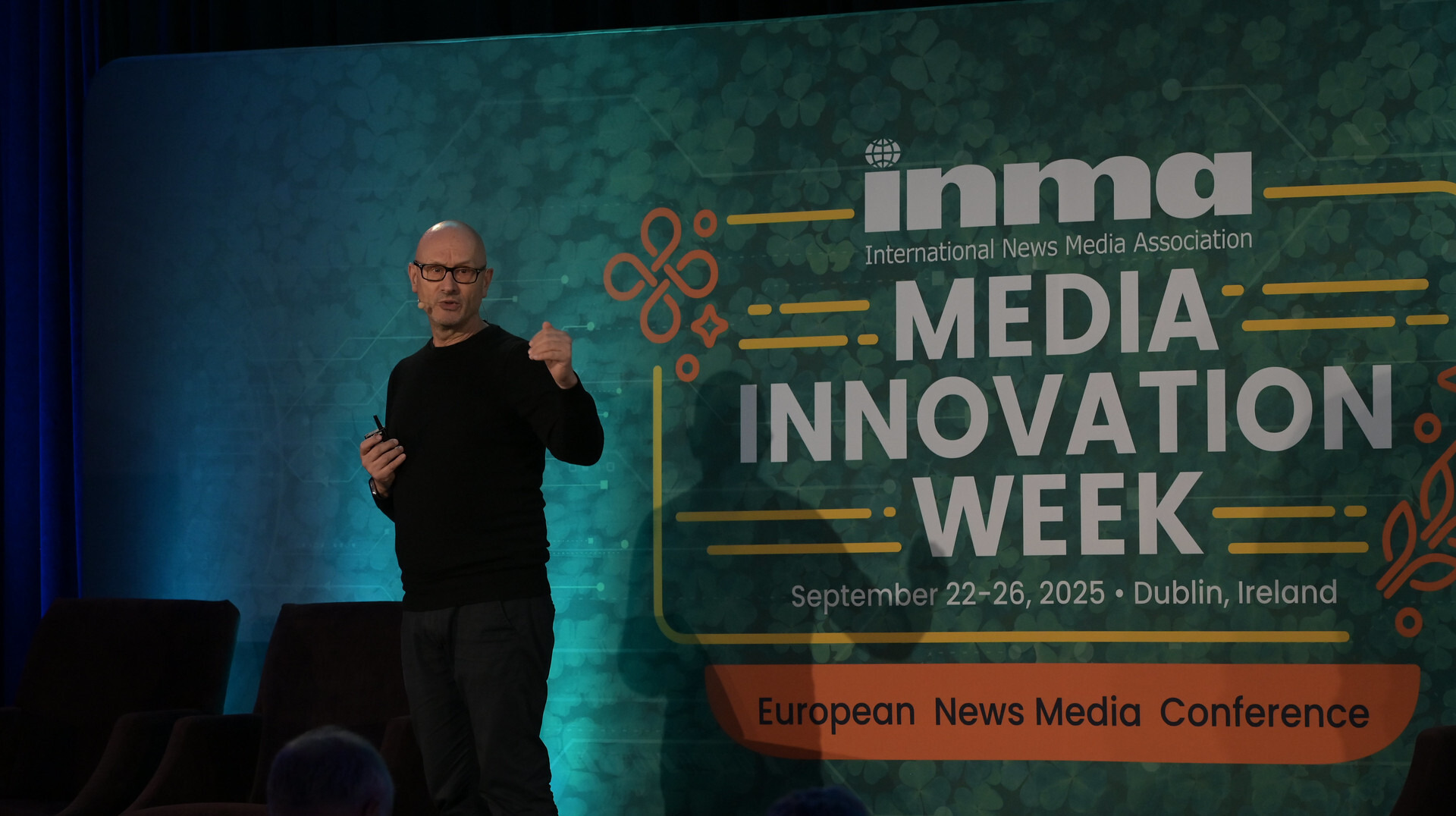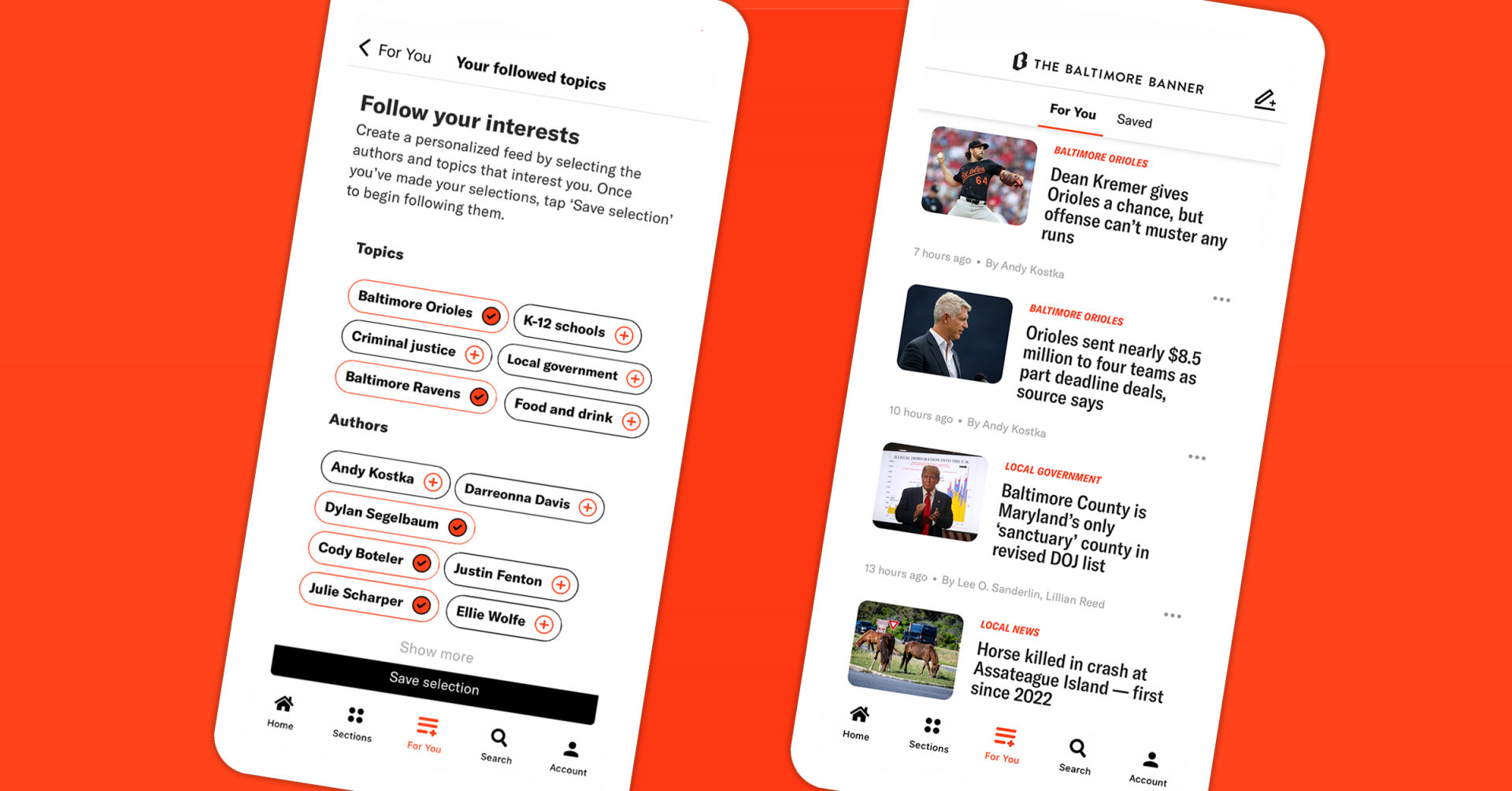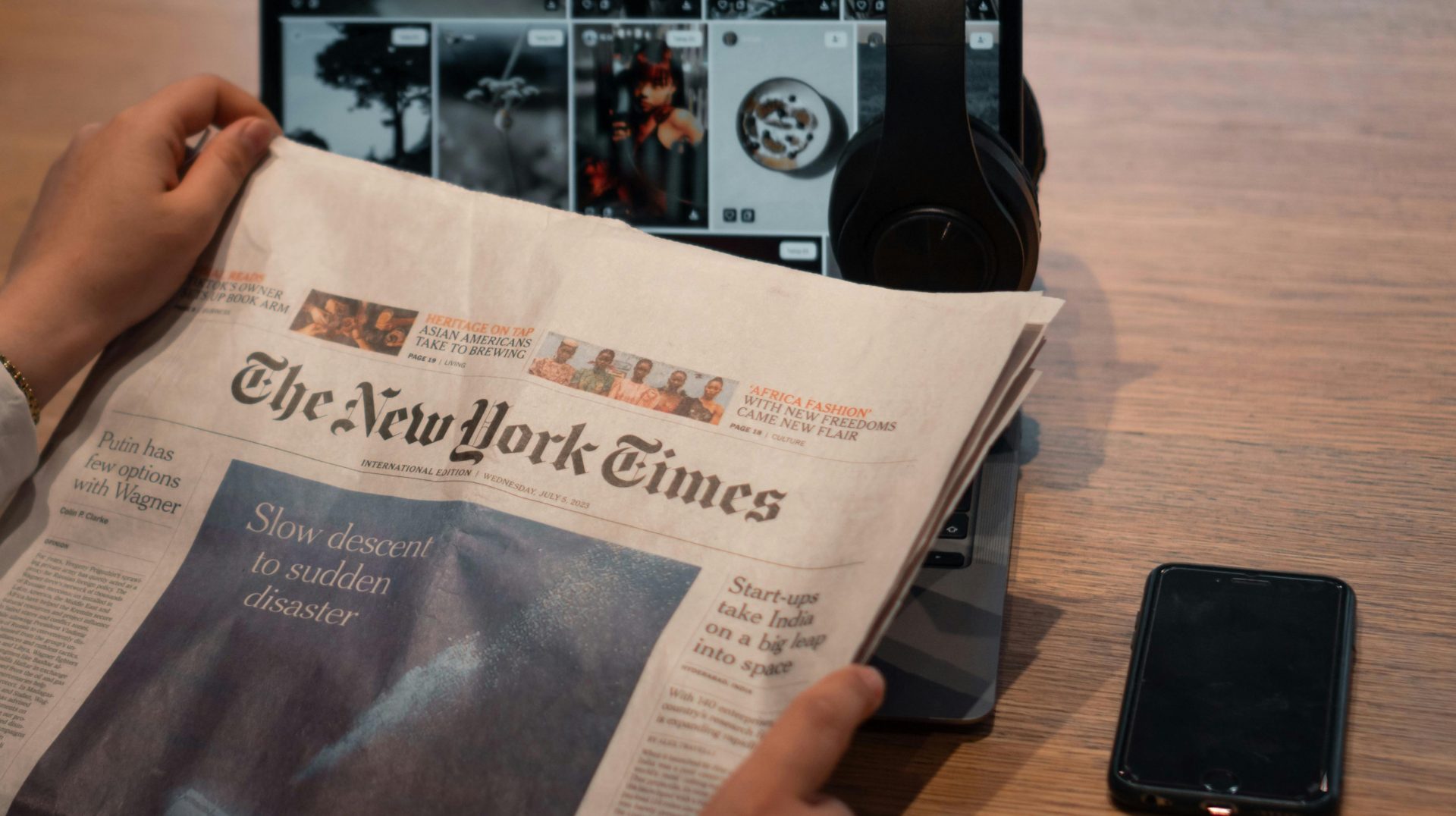
Newsletter
Newsletter
Relentless change will continue in 2025. We outline how media should respond to challenges in discovery, technology and audience expectations.
3rd January 2025

Happy New Year from the team at Pugpig! It’s a new year, and we dusted off the crystal ball to look ahead to what is in store for publishing in 2025. In this edition of the Media Bulletin, we consider, how publishers and broadcasters:
The pace of change isn’t letting up, but just as you set personal resolutions at the start of a new year, it’s a good time to revisit your company’s strategic priorities.
And remember, you’re not in this alone. If you want an app strategy check-up to start the year, contact us. And we have great plans for our growing Mobile Matters community. Join other publishing professionals as we share app and mobile best practices and how to use mobile to engage and retain your most valuable audiences. Click here to sign up.
By Kevin Anderson
As we wrote recently, mobile-first, vertical video is a huge opportunity for publishers, and with more audiences coming to publishers from mobile, they are adding vertical video carousels to their homepages and integrating them into stories. Consumers of all ages, particularly young audiences, have pivoted to video to get their news.
TikTok gets a lot of attention, but YouTube dominates video consumption and offers more options for publishers to reach audiences and develop a relationship with them. In the US, viewers spend a quarter of their time with connected TV apps watching YouTube, and it captures almost a quarter of connected TV advertising spend, according to eMarketer. And YouTube recently released stats saying that “the number of creators making a majority of their revenue from TV viewing is up more than 30 percent since last year,” David Pierce wrote in The Verge.
That highlights how video platforms are closely tied to another media megatrend: The Rise of the Creators. “The creator economy eats more of the media industry and YouTube provides the table, chairs, menus and waiting staff,” Lucy Kueng, strategic consultant and academic, wrote in journalism.co.uk.
Goldman Sachs forecasts the “total addressable market of the creator economy could double over the next five years to $480 billion by 2027”. Goldman also expects the 50 m global creators to grow by a 10-20% compound annual growth rate over the same time, driving more competition with traditional media for time and attention.
While many creators are focused on fashion, crafts, hobbies and lifestyle topics, the US election this year showed how important news influencers have become. As Lucy pointed out, one in five Americans get their news from influencers, according to the Pew Research Center.
Much has been written about how legacy media brands have lost trust and standing with audiences to influencers, especially in the wake of the US election. However, as often has been the case with social media, creators and influencers can expand the reach of the journalism created by traditional media, and we agree with predictions that legacy media will partner more with them in 2025.
Some publishers have developed their own creator-like approach, most notably the Washington Post, with Dave Jorgensen known as their “TikTok guy”. Since launching on TikTok in 2019, the Post has expanded its social video team by looking for reporters comfortable in front of the camera. Publishers also are adapting their editorial approach by not assuming prior knowledge, and their visual style to more closely follow the style of social video. In what will be instantly familiar to any social media editor, creators said they work constantly to stay on top of algorithm changes.
Of course, some of the most prominent news influencers are podcasters such as Joe Rogan. Returning to YouTube, Lucy sees an opportunity for publishers with successful podcasts: YouTube says its users watch 400 m hours of podcasts each month. In the US, YouTube is the top platform for audiences accessing podcasts, more than 10 percentage points ahead of Spotify and more than double the users of Apple podcasts. Moreover, research from Cumulus Media And Signal Hill Insights found YouTube is the “dominant podcast discovery platform”. For publishers and broadcasters, it could solve the discovery challenge for podcasts, as YouTube’s recommendation algorithm surfaces your podcasts similar to the interests to the interests of users. Think of it as Google Discover for podcasts.
The shift to video platforms from more text-based platforms like Facebook and X is part of a platform reset, a major reshuffling in the social platforms that have dominated online activity over the past decade. By now, publishers have accepted that the era of lots of free traffic from social media platforms isn’t returning. Just as importantly, consumers are changing their preferred platforms and formats for social content. The long-term trends have favoured video platforms such as TikTok, YouTube and Instagram and messaging platforms such as WhatsApp.
Parallel changes are happening in the search market, which will continue and accelerate into 2025. Last year, publishers feared that Google’s AI search summaries would erode referrals. As predicted, the impact has been uneven for media organisations, but concerns remain in 2025 that ongoing changes in search and search behaviour will disrupt referrals.
AI did have an impact on search traffic, but not in the direct way that publishers were worried about. Google released several updates to its algorithm to try to counter what Peter Kafka referred to as the “tsunami of crap”, the flood of low-quality AI-generated content. In 2024, the search giant released several updates to filter out low-quality, machine-generated content. It released four core updates and three spam updates, which were two less than in 2023, according to Search Engine Land. Its March update was its largest ever and took 45 days to complete. While the updates were designed to deal with AI content, they also impacted publishers’ affiliate marketing content and low-quality sponsored content services. Due to the updates, we heard from publishers looking for help as they lost 60% of their traffic overnight.
Publishers looking for a new source of top-of-the-funnel traffic are seeing hopeful results from WhatsApp and the newly popular platform Bluesky. The Boston Globe and the Guardian are already seeing more referrals from Bluesky than X or Meta’s Threads, the Press Gazette reported. More importantly, Matt Karolian, the vice president of platforms at The Boston Globe, said that Bluesky was “driving ‘4.5 times more conversions to paying digital subscribers’ than Threads”.
Publishers still face the quandary of how to engage with social platforms, and in our consulting, we’ve heard the debate. The classic social media argument is to go where the audience is, but with the collapse in referrals from social media, the business case for traffic-based social media strategies is difficult to make.
Ultimately, “(a) top-of-funnel strategy is no longer enough,” Sarah Marshall, vice president for audience strategy at Condé Nast, said in her annual Nieman Lab prediction.
In 2025, publishers will continue to develop a clear-eyed approach to social media focused on building awareness with a certain subset of social media users that builds a relationship with you. Plus, as we found in our most recent State of Mobile Publishing report, publishers will focus further down the funnel on engagement and conversion but just as importantly on retention to maintain the relationships they have.
As we start the year, publishers and broadcasters face intense competition for time, attention and revenue. Audience behaviour is changing. Technology is changing. Political and economic turmoil will roil many countries this year.
Ongoing AI experiments and deployment will take significant time and resources for many publishers and broadcasters this year:
AI will consume a lot of time and effort in 2025, but it is only one challenge that publishers and broadcasters face. Setting priorities will be more important than ever. To succeed in 2025, media leaders will need focus, clarity and agility:
Lastly, when media revenue is squeezed, making the case for investment is difficult but it is essential. All of these trends reinforce the case Greg Piechota of INMA made for investing in stellar digital products and distribution. Discovery will become increasingly important and challenging in 2025. Publishers and broadcasters will need to invest in marketing and a presence on the right channels to reach increasingly fragmented audiences.
The pace of change is still intense, but we will be here to provide you with the best mobile intelligence and strategies to succeed. Here’s to a successful 2025!
Here are some of the most important headlines about the business of news and publishing as well as strategies and tactics in product management, analytics and audience engagement.

Newsletter

Newsletter

Newsletter

Newsletter

Newsletter